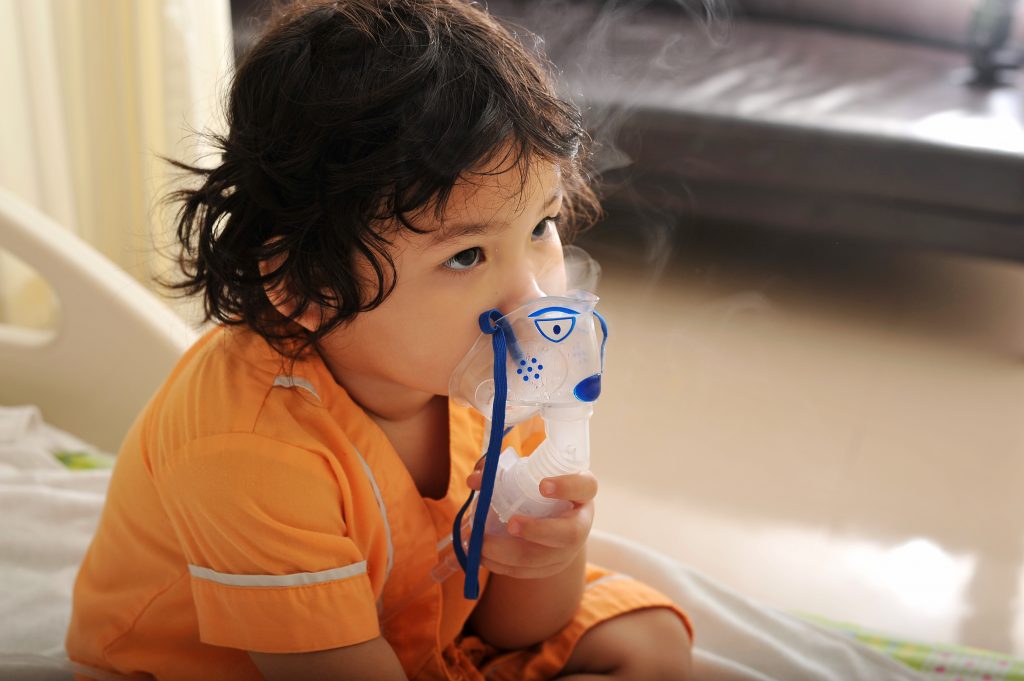main contents
Healthy Air

What are you breathing in at home?
The first step to good health is making sure you’re breathing in clean air. “Air pollution significantly affects our health,” say Experts. “Most recently, fine particulate matter has been linked to not only lung issues but heart disease.
STOP and take a minute to consider the basics of your indoor air environment and the quality of the air you breathe – taking approximately 20,000 breaths per day. It is often an unconscious action and you probably do not consider the quality of air that travels along dusty ventilation ducting or exhaled by adjoining occupants, which passes through our nose and mouth and into our lungs. Air containing dusts, fibres, vapours, chemicals, bacteria and other contaminates.
We will realize the legacy of what we breath today in another 20 years.
As people in Europe spend at least 90% of their time indoors, their total exposure too many air pollutants largely depends on their indoor exposure. These pollutants include volatile organic chemicals (VOCs), gases such as nitrogen dioxide, ozone and carbon monoxide, particulate matter and fibres, and biological particles such as bacteria, mildew, mould, dust mites, fungi, animal dander and pollen.
Pollutant sources include outdoor contaminants from traffic and industry and indoor contaminants from candles and tobacco, and emissions from building materials, furnishings, cleaning products, electronic equipment, toiletries, people and pets. New building products can be particularly important pollution sources.

What is indoor air pollution in our home?
In the UK, people spend approximately 80% of their time indoors. The quality of indoor space is not only affected by ambient or external pollution, but also from indoor sources and inadequate ventilation.
As a result, indoor environments can be in the order of 8-10 times more polluted than the exterior, according to the World Health Organisation (WHO).
THERE is growing evidence that the air quality in our houses, workplaces and public buildings is a serious threat to health.
Air pollution is killing about 50,000 people a year in the UK, a leading expert has warned. It’s also been linked to negative effects for the children of pregnant mothers, like pre-term births, asthma, allergy and autism.
Poor air quality can be lethal for anyone with heart disease and exacerbates breathing problems, and also causes respiratory problems, asthma and allergy.
How can indoor air pollution affect my health?
Air pollutants can cause a range of health problems — from triggering allergic reactions or asthma symptoms to more serious problems, such as cancer.

Where does indoor air pollution come from?
Indoor pollution can come from many sources, including:
- Paint
- Furniture and carpeting (for example, chemicals that make them difficult to burn)
- Building materials
- Scented candles (burning candles releases pollutants)
- Cleaning products
- Mould
- Pet dander (skin flakes from an animal’s hair or fur)
- Tobacco smoke
Indoor Air Quality (IAQ) refers to the air quality indoors buildings, especially as it relates to the health and comfort of building occupants. Understanding and controlling common pollutants indoors can help reduce your risk of indoor health concerns.
Health effects from indoor air pollutants may be experienced soon after exposure or, possibly, years later.

OUR GREATEST ASSET: Health and Well-Being!
A healthy indoor environment is crucial for our well-being and health. Actually, the weight of the air we inhale indoors is greater than the total weight of all the food and drink we consume in our lifetime and is not in any way less important than the food we take in. Continuous industrialization changed lifestyles to the point where modern people stay indoors for 20 hours a day. However, the level of awareness on indoor air pollution is still alarmingly low.
WHO – World Health Organization estimates that indoor air pollution is responsible for over 5 million deaths a year!
In today’s world, indoor air pollution is two to five times higher than air pollution of the outdoor variety. Several investigations indicate that our poor indoor climate may be the cause of the many cases of respiratory diseases found today. Sensitive populations such as children and the elderly are suffering from environmental diseases caused by indoor air pollutants such as fine particles and allergen.
We breathe approximately 20,000 times per day and fill our lungs with an average 13 m³ of air. Research has shown that there is approximately 250-300 mg. of fine dust particles in every 1 m³ of air in our homes. In other words, we breathe approximately 4 grams of pure dust into our lungs every day without noticing it.

Why do we need air purifier at home?
Some purifiers struggle to trap pollutants, releasing them back into the room. Coway air purifiers capture nearly 100% of allergens and pollutants. And keep them trapped.
Most of us know that when we’re outside, it can be harmful to breathe in polluted air. But air quality is important indoors as well.
This is even more relevant if you’re living with a lung condition like asthma, allergy or chronic obstructive pulmonary disease (COPD).
We spend about 90% of our time indoors – at home, at work, at school, or when we go to shops or restaurants. So the quality of the air we’re breathing when we’re inside is really important. Poor indoor air quality has been linked to lung diseases like asthma, allergy, COPD and lung cancer.
You’re also likely to spend more time indoors, and have more contact with things that affect the quality of the air you breathe. These could be factors such as cleaning materials, dust, dust mites, pet dander or mould.
Children are particularly sensitive to poor indoor air quality. Their lungs are proportionally larger than ours in relation to their body weight, so they breathe in more.
Plus, their immune systems are still developing, so they are less able to fight off any problems that arise from polluted indoor air.